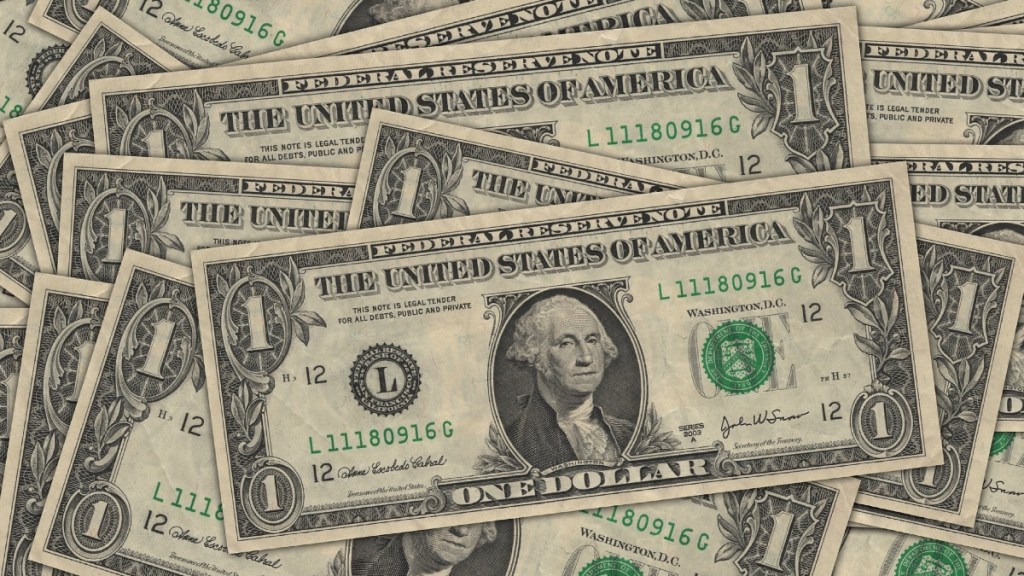The US dollar declined on Thursday against both traditional safe-haven currencies like the yen, Swiss franc, and euro, as well as risk-sensitive currencies such as the Australian dollar. The move came as markets absorbed President Donald Trump’s unexpected decision to pause certain tariffs.
On Wednesday, Trump surprised financial markets by reversing steep tariff measures that had been enacted just a day earlier. He announced a 90-day suspension on the so-called “Liberation Day” tariffs while retaining a general 10% duty on most countries. However, tariffs on Chinese imports were sharply increased to 125%, effective immediately, after Beijing responded to earlier US tariffs with an 84% rate of its own.
In the immediate aftermath of the tariff freeze, the US dollar had surged against the safe-haven Swiss franc and Japanese yen, and Wall Street’s main indexes rallied. But by Thursday, traders had begun recalibrating their positions. The dollar slipped 2.36% to 144.24 yen and fell 3.57% to 0.83710 francs. Major stock indices, including the S&P 500, Dow, and Nasdaq, also edged lower.
So far this month, the dollar has dropped 3.82% against the yen and nearly 6.5% versus the franc, putting it on track for its steepest single-day decline against the Swiss currency since January 2015. “There had been a broad dislocation across markets in response to the tariff regime. Now, with a pause in place, we’re seeing a wave of re-adjustments,” said Eugene Epstein, head of structuring for North America at Moneycorp.
Adding pressure to the dollar, US Labor Department data showed an unexpected decline in consumer prices for March, though analysts warned this trend may not hold amid ongoing tariff-related uncertainty. US Treasury yields also moved lower following a strong auction of 10-year notes, with the benchmark yield falling 4.1 basis points to 4.353%.
European Commission President Ursula von der Leyen said the EU would delay its own countermeasures in response to Trump’s tariff announcement. The euro surged nearly 2.3% to $1.121250—its biggest daily gain since 2022—while the British pound climbed 1.1% to $1.29760.
Riskier currencies also gained, with the Australian dollar rising 0.98% to $0.6211 and the Swedish crown strengthening 1.3% to 9.857 per dollar.
Meanwhile, China’s central bank continued to allow a controlled weakening of the yuan, setting its official guidance lower for a sixth straight session. Investors are closely watching for signs that Beijing may turn to currency depreciation as a tool in its trade standoff with the US. The offshore yuan rose slightly, with the dollar easing 0.51% to 7.3057 yuan, still above Tuesday’s record low of 7.4288.
With inputs from Reuters
